Although the presidential elections in Belarus occurred four months ago, the mass protests of those who don’t recognize the results continue. During the first few weeks following the elections, many people thought that a new “color revolution” (like those, which had happened in Serbia, Georgia, Ukraine) would soon occur. However, the president of Belarus Alexander Lukashenko has to date managed to avoid such a scenario. Nonetheless, with regard to Joe Biden’s victory in the presidential elections of the US entails the probable activation of the US in Eastern European affairs. Events may soon grow out of control (such as we saw during the events in Ukraine in 2014) it can not be ruled out that the opposition still has a chance to win. Events since August have, however, demonstrated that Belarus is not Ukraine. In other words, it has its own dynamics and in any analysis of Belarus, the similarities and differences with Ukraine must be taken into account. Here, I would like to make such a comparison between the two countries.
Similarities:
First of all, the vast majority of the people of both countries are Slavic, both are Eastern Slavs, along with the Russians. All three groups are descended from the state of Kievan Rus, the first state to exist among these three nations (if we don’t consider the tribal union of the Antes). Kievan Rus existed from 862 until 1240 and covered the lands from the shores of the Black Sea in the south until the territories near the Baltic Sea in the north. The city Kiev (or Kyiv) was the capital of that state and one of the prominent cities of Europe. The word “Rus” at that time was used to denote the lands inhabited by Eastern Slavic tribes. The territories of today’s Belarus were at that time called “White Rus” (Belaya Rus), which gave its name to the present Belarus. (Other parts of the Eastern Slavic lands had names such as “Black Rus”, “Red Rus”, but those names later on disappeared, while the name “the White Rus – Belarus” remained). In the 11th century, the disintegration process of that state began and the state ultimately collapsed as a result of the Mongol invasion in 1240. After that, various parts of these Eastern Slavic territories fell apart from each other and the ancestors of those three nations came under the influence of different factors. The ancestors of today’s Belarusian people came into close contact and interaction with the Baltic tribes, especially with Lithuanians. When the Lithuanian State was founded in the 13th century and expanded its territories in the 14 century, the Belarus people became the intellectual class of that state, and thus, the Old Slavic language became the official language. The Ukrainians in the subsequent centuries had more Polish influence as a result of long Polish rule, especially in the Galicia region.
Beginning from the 17th century, most of today’s Ukrainian and Belarusian territories were conquered by the Tsarist Russia and those three nations again came together under the same state. However, during the period of tsarist rule, the Ukrainians and Belarussians were treated as sub-ethic groups of the Russian nation rather than independent nationalities (Russians, Ukrainians and Belarusians were called the Great Russians, Little Russians and the White Russians, respectively, although the term “great-little” were used for the first time by the Byzantine church authorities to define the territories of Kyiv and Moscow metropolitan zones).
In Belarus and Ukraine, nationalist movements failed to grow either in the 19th nor in the 20th century. In both countries, the nationalist movements were unable to garner the popular support of the masses.
Both Belarusians and Ukrainians came under German occupation during the first World War. In 1918, both in Ukraine and in Belarus, independent states were proclaimed (the Ukrainian Peoples’ Republic and Belarus Peoples’ Republic, respectively) and both of them had German support. However, following the defeat of Germany in the first World War, both of those states were destroyed by the Soviet Army and both of those territories were incorporated into the Soviet Union. On the other hand, under Soviet rule, both Ukraine and Belarus exercised some kind of statehood (both Ukraine Societ Socialist Republic and Belarus Soviet Socialist Republic, together with Russian Federative Soviet Socialist Republic, were the founding republics of the Soviet Union and both of them after World War II, they had a ministry of foreign affairs – although with limited rights – and had seats in the UN. Moreover, unlike during the tsarist period, both Ukrainians and Belarusians were recognized as separate nations.
The countries were partitioned between the Soviet Union and Poland in the interwar period until 1939. The situation further increased the regional differences among the different parts of those countries (between Eastern and Western Ukraine and between Eastern and Western Belarus) and in 1939, both Western Ukraine and Western Belarus were incorporated into the Soviet Union.
Both the Belarussians and the Ukrainians have their own languages, which – although they have the same roots- differ from Russian, but which are closer to each other. However, in both countries, a large proportion of the population speaks Russian.
Both Ukraine and Belarus are located in places, which have geopolitical significance. They are located between Russia and the Eastern/Central European countries. For this reason, both countries have great significance for both Russia and the West. Ukraine and Belarus are seen as a buffer zone by Poland as well. Since Poland perceives Russia as the main threat, it is of particular importance for it to keep those states under its influence. This is a part of Poland’s “from sea to sea” policy. Russia on the other hand perceives the main threat as coming from the west, for this reason, and thus also tries to maintain its influence on these countries. Thus, political events in Ukraine and Belarus are largely a part of the conflict between Russia and the West.
During the disintegration of the Soviet Union, ie, at the end of the 80s’, nationalist movements gained momentum in both countries and came to power (or, more concretely, the communist elite was transformed into a nationalist elite). However, after the dissolution of the Soviet Union, as a result of the disappointment among the masses because of high unemployment and high inflation rates in both countries, such nationalist politicians lost power and consequently, in 1994 in both countries, the candidates who were supported by the electorate that missed the Soviet Union won the presidential elections in Ukraine and in Belarus. In Ukraine, the name of that candidate was Leonid Kuchma, while in Belarus, that candidate was Alexandr Lukashenko.
Differences:
Nevertheless, all of the similarities of the two countries are confined to those factors. On the other hand, there are a number of factors, which make Belarus completely different from Ukraine.
First of all, although there are some differences among the eastern and western regions of Belarus, unlike in Ukraine, the differences are not so stark. In other words, while there is a political polarization in Ukraine, where the western provinces are dominated by pro western, nationalist and anti-Russian tendencies and the eastern and southern provinces are dominated by pro-Russian tendencies, in Belarus, although in western regions (such as Grodno and Brest provinces, which remained under Polish rule longer) pro western tendencies are a bit stronger, but still, one can not talk about a political polarization among the regions. Consequently, while it has proven very difficult in Ukraine for a political leader to keep the whole country under his control for a long time, in Belarus, this has been possible. In Ukraine, it is very hard for a leader to be popular for both the eastern and western parts of the country. For this reason, there is frequent circulation in political life. For the last 29 years following the independence of Ukraine, there have been six presidents and among them only the second president, Leonid Kuchma, managed to be elected for a second term. On the other hand, in Belarus, absence of such a political polarization has allowed Lukashenko to rule the country without a serious problem for a quarter of a century, until the recent presidential elections.
Secondly, anti-Russian sentiments in Belarus have always been much weaker than in Ukraine. In addition, the Belarusian national consciousness is weaker in Belarus than in Ukraine. For instance, during the first World War, when the German Army advanced in the territory of the Russian Empire, it banned education in Russian in the territories that it acquired. In the education system in German controlled territories, education in Russian was replaced with education in Polish, Ukrainian or Belarusian. In Ukraine, people used to choose education in Ukrainian, while in Belarus many people chose Polish (not Belarusian). Unlike the Ukrainian Peoples’ Republic, which was recognized by the Central Powers (Germany, Austro Hungarian Empire, Ottoman Empire and Bulgaria) and Soviet Russia; the Belarus People’s Republic was not recognized by any state.
The Ukrainian Peoples’ Republic was consequently destroyed by the Soviet Red Army, the main reason of defeat being the fact that nationalist sentiments were weak in Ukraine, especially among the peasants, who were the main social force in Ukraine at that time. In Belarus, on the other hand, nationalist and anti-Russian sentiments were even weaker. While the Ukraine Peoples’ Republic were able to resist the Red Army for about 1.5 years after the retreat of the German forces, without any international support (until April 1920, when she had to sign an alliance treaty with Poland and the joint forces would resist the Red Army for an additional time), the Belarus People’s Republic only survived a month after the retreat of the German forces.
Another difference is the attitude of the people in both countries towards the official symbols and flags of their state and country. Ukraine, after gaining independence in 1991, adopted the blue-yellow flag of the Ukrainian Peoples’ Republic of 1918 and the “trizub” as the official coat of arms and today, they have been adopted as the symbols of a whole nation – not the symbols of a political group. In Belarus, on the other hand, the white-red-white flag of the Belarus National Republic was adopted as the official flag in 1991. However, after Lukashenko won the elections in 1994, he introduced a referendum, as a result of which the flag and the coat of arms of the BNR were replaced with the flag and the coat of arms of the Belarus Soviet Socialist Republic. In the referendum, 78% of the participants had voted for that replacement of the flag and the coat of arms with Soviet symbols. Today, the white-red-white flag is the flag of protesters, but it is not yet perceived as a national flag of the whole nation.
It should be said that, in Ukraine, anti-Russian sentiments did not have the support of most Ukrainians until the Russian-Ukrainian conflict in 2014. Before the revolution in 2014, pro-Russian parties had great popular support in Ukraine and it was hard for the nationalist politicians to convince the people that Ukrainians have nothing in common with Russia and that in the past they were perished by the Russians simply because that they were Ukrainians (However, the Russo-Ukrainian conflict has changed the situation). However in Belarus, anti-Russian sentiments are even weaker than in Ukraine before 2014. Although the protests against Lukashenko have popular support and although the EU and the US renders support to Belarus opposition, still, many of those opposition leaders are not anti Russian. In the same way, many of the protesters have an Anti Lukashenko stance, but not an anti Russian stance.
Another difference is language: In Ukraine, since 1991, Ukraine has been the only official language, although Russian still has a great influence among the population and in the public sphere. Since many of Ukraine’s politicians grew up during the Soviet era, they have much better command in Russian than in Ukrainian. However, even Russian speaking people have to learn Ukrainian when they enter politics, because it is unacceptable for a state official not to speak Ukrainian. In Belarus, the situation is much different: In 1995, in the same referendum, one of the questions was related to giving the Russian language the status of the second official language and 86% of the voters voted in favour of this. The people who speak Belarusian in daily life are a minority; the vast majority of the Belarusians, including the protesters, are Russian speakers. A more striking example is the situation of the opposition leader Svetlana Tikhanovskaya: In an interview of her for a Belarusian TV channel, she tried to speak in Belarusian, but when she wanted to tell about her parents, she could not remember the word for “parents” in Belarusian and the reporter had to remind her. This is the leader who is supported by the country’s nationalists. In Ukraine, not to know such an elementary word of the mother language would cause a real scandal among the nationalist electorate.
The two countries also differ in their social structures: In Ukraine, after the collapse of the Soviet Union, great inequality within the society emerged. Today, the social inequality in Ukraine is one of the highest levels in Europe. During the term of the second president of Ukraine Leonid Kuchma, oligarchs (tycoons) emerged and the existence of this disbalance in the society, together with the high level of corruption, was one of the main reasons of the orange revolution of 2004, when the pro Western leader Victor Yuschenko came to power. In a similar way, the relatively pro-Russian president Victor Yanukovich used to be the representative of the oligarchs of the Donbas region and both of his sons used to be businessmen during the presidency of their father. Yanukovich’s rule had also been associated with corruption and this, together with the regional and geopolitical factors, brought an end to Yanukovich’s rule in 2014. In Belarus, on the contrary, Lukashenko, after coming to power in 1994, waged a struggle against such oligarchs and created a social state where major enterprises belong to the state and where there is a balance among the social classes. For this reason, workers and peasants used to be the main electoral base of Lukashenko and until recently, even the rivals of Lukashenko could not deny that he was being supported by the majority of the population. Hence, Lukashenko can not be associated with those dictators who live in wealth at the expense of the poverty of his own people. However, the stagnation in Belarus economy and growth of a new youth culture and an urban society with closer contact with the European countries has shrunk Lukashenko’s massive support. (1)
The two countries also differ on their economic dependence to the west. While Ukraine’s economy had always (since independence) been in close relation with the European countries and since Ukraine has also cooperated with the IMF, Belarus’s economy has mostly had relations with Russia. Belarus has not taken credit from the IMF or from any western state, only from Russia and China. For this reason, when the West (the EU and the US) declared support for the opposition in Ukraine and when they had declared that they would terminate all of their relations with them, the situation forced Ukrainian officials to accept the conditions of the West and to begin negotiations with pro-Western opposition. On the other hand, since Belarus has no economic dependence to the West, the threats of the western leaders to impose sanctions on Belarus have not been able to convince Lukashenko to accept the oppositions demands.
(1) For a comparison of Ukraine and Belarus on economic issues and on the corruption problem, see the article of the Ukrainian Professor Valentin Yakushik







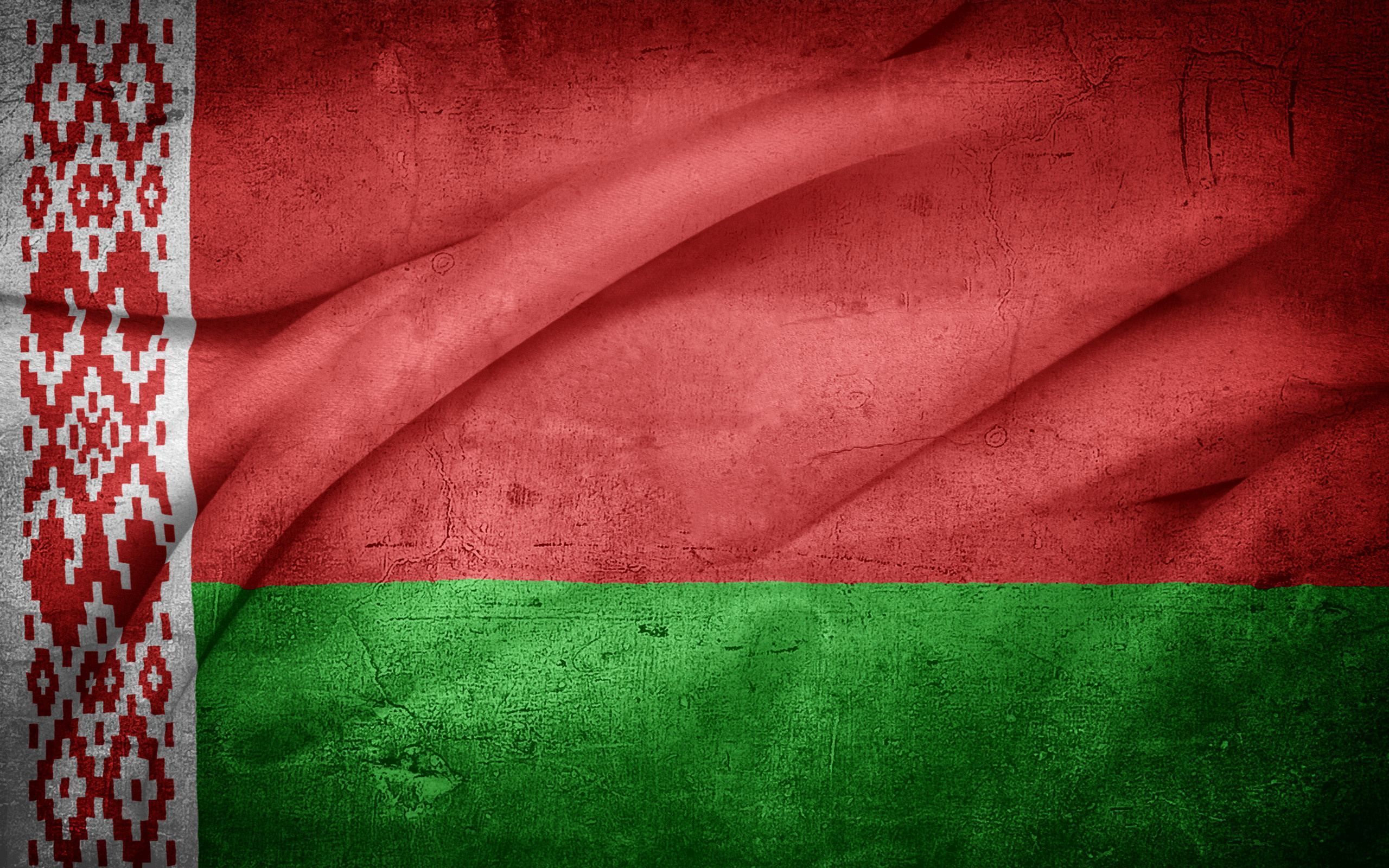


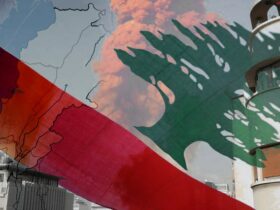
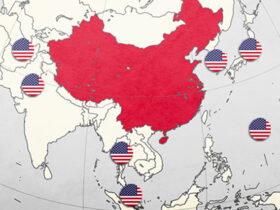
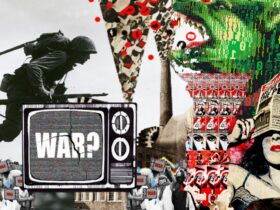
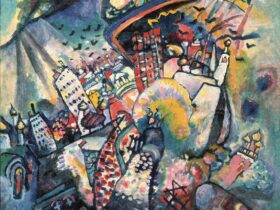
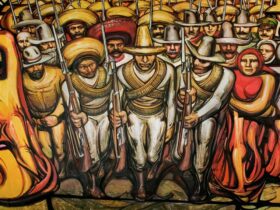


Leave a Reply